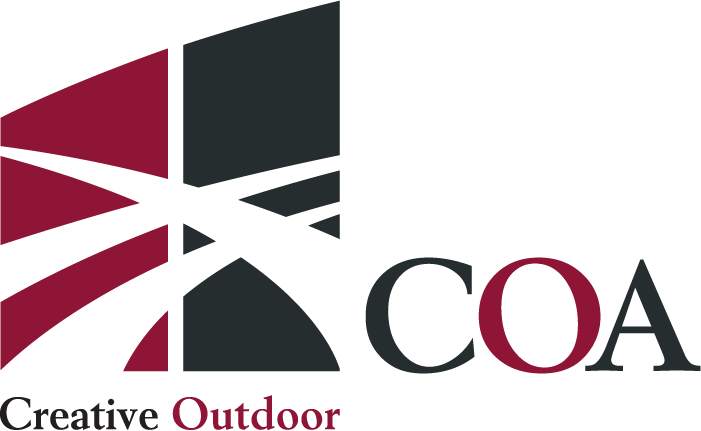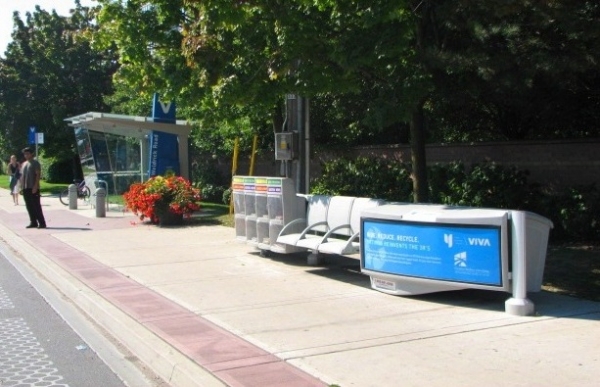From MediaPost:
Heading into 2020, many predicted Out of Home (OOH) advertising to experience its fastest growth rate increase in over a decade because of its unmatched ability to reach one-to-many at meaningful scale. While COVID-19 may have changed the growth trajectory in the short term, OOH took center stage during the pandemic by serving as a critical channel for broadcasting health and safety information to our communities, revising messages from brands to address the moment and support essential businesses and services.
Though OOH ad revenue contracted in the first half of 2020 due to a reduction in mobility across the country, historically the medium has a strong track record of fast recovery. The flexibility and adaptability demonstrated in OOH, in particular, was remarkable and has been an asset to advertisers. Maintaining that level of flexibility and adaptability remains key to future growth. Advertisers will continue to rely on OOH to dynamically adjust ads, hyper-target audiences and locations, and leverage creative to the fullest to be relevant and timely, especially as situational contexts change.
Moreover, advertisers are increasingly being forced to invest smarter and do more with less—while still addressing their needs to execute campaigns that stand out and deliver business impact. This is the sweet spot of OOH—to not only deliver unmissable brand messages to audiences at scale, but with the precision to create meaningful connections with the right audiences, at the right time.
The future is exciting, yet complex. The OOH sector is already demonstrating its resiliency – especially among the specialists that have invested in expanding their digital footprint and technology capabilities before the pandemic. According to Geopath, U.S. traffic data has bounced back and distance traveled daily in August was at 96% of the travel that occurred during the first week of March, just one mile less per day than pre-COVID levels. More outdoor movement demands that advertisers focus once again on reconnecting with consumers while they are on-the-go.
The COVID-19 experience has sharpened marketers’ focus on the fluidity of consumer behaviors and media consumption across channels and platforms. To that end, it’s also time for marketers to capitalize on the full power and potential of OOH by ‘unsiloing’ it to unlock even more value. This will drive further growth in the category.
Historically, OOH was bought in a silo and was often a separate line item within a mixed media plan due to its uniqueness as an advertising channel and a perceived lack of data to measure audiences and effectiveness. The medium has evolved significantly in recent years and is on the same playing field as other media channels. Recent industry investments in both media buying technologies and audience data and insights have made OOH easier to execute and evaluate.
Unsiloing OOH is enabled through stronger collaboration with OOH specialists, not only in a data and technology-fueled execution mode, but even more importantly, at the very beginning stages of campaign planning.
It’s incumbent upon advertisers to work with OOH specialists that take a strategy-led approach to crafting their campaign, as well as the data and technology capabilities to execute with scale and precision. This is how we unlock OOH’s true value.
Consider these priorities for navigating, buying and measuring the true value of OOH advertising:
Move OOH Upstream via an Integrated Media Strategy
To maximize its full potential, brands and agencies should move OOH upstream. This can only be achieved when the role for OOH is part of the early planning process in a cross-platform media strategy. OOH is no longer a secondary channel as we can now measure and quantify the true impact of the powerful medium throughout the customer journey. Since the only content that surrounds OOH is location and the context of people’s real lives, it’s also the most brand safe, cost-effective and impactful way to reach audiences at scale. With ever-changing circumstances, brands can quickly shift OOH spend across specific locations and it can be tied seamlessly with Connected TV (CTV), digital, mobile and social channels using channel-agnostic datasets to optimize targeting.
Leverage Digital OOH for Flexibility and Agility
As consumers reconnect with brands and the outside world, they’re seeking trust, reassurances and local resonance. The creative flexibility and dynamism of digital out-of-home (DOOH) ads is playing an invaluable role in re-establishing these connections. With dynamic creative optimization in DOOH, brands can tailor and swap out creative based on ever-changing lockdown restrictions, or traffic and weather patterns. In fact, a new OAAA Nielsen report found that consumers who notice directions from DOOH are highly likely to visit a business and over 80% will make a purchase.
Drive Quantifiable Outcomes
Brands are seeking simplicity in the OOH media buying process and they’re looking for partners that can deliver effective campaign strategies, actionable audience insights and accurately measure business outcomes. New industry capabilities combine technology and data-driven audience insights with the expertise of OOH agencies to deliver scale, effectiveness and brand safety. The integration of data around measurement, brand objectives and consumer change is pushing OOH to the forefront of accountability. Intelligent OOH audience targeting tools can now activate targeted campaign based on insights gained from observed real-world behaviors and not just socio-demographics. Behavioral targeting in OOH is proven to deliver smarter campaigns with stronger results.
As brands adapt and reimagine the future, OOH is set to emerge as an essential channel to deliver relevant, effective and measurable advertising. The most successful brands will partner with specialists to bring OOH planning upstream, capitalize on its agility and flexibility, and take an outcome-based approach to measuring its true value.

